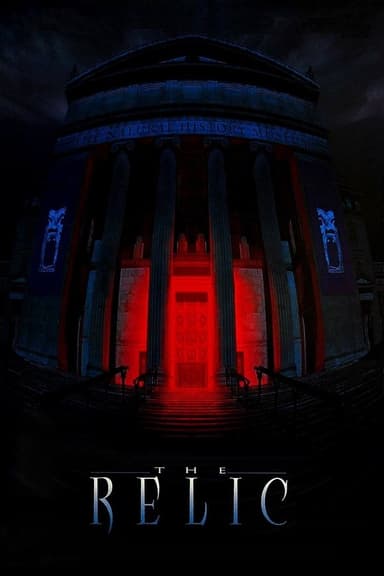
The Dark Half
1993 • Horror, Mystery • R
Following the public's realization that Thad Beaumont and George Stark are one and the same, the former stages a mock funeral, only for a series of gruesome murders to begin occurring as in his books.
Runtime: 2h 1m
Why you should read the novel
If you liked the 1993 film, Stephen King's novel The Dark Half delivers a deeper, more haunting experience. The book immerses you in Thad Beaumont’s fractured psyche and the terrifying rise of his murderous alter ego, George Stark, with layers of nuance no two-hour movie can match.
The Dark Half book explores authorship, identity, and the cost of creativity with rich internal monologue, vivid backstory, and razor-sharp psychological tension. King’s prose makes the sparrows, the surgeries, and the crimes feel personal and inescapable, turning every page into a slow-burn dread that builds to unforgettable moments.
For readers seeking premium Stephen King horror, the novel is the definitive way to experience this story. Choose the original The Dark Half book for its atmosphere, character depth, and literary chills—an experience that outlasts the movie and rewards every fan of psychological thrillers.
Adaptation differences
One of the biggest differences between The Dark Half book and the 1993 movie is perspective. Stephen King’s novel spends extensive time inside Thad Beaumont’s mind, charting how his creative process and repressed impulses give life to George Stark. The film externalizes this struggle, focusing more on events and suspense than on Thad’s interior voice.
Character depth and subplots are also streamlined for the adaptation. In the novel, Sheriff Alan Pangborn, Thad’s family, and several victims receive fuller development, which heightens the moral stakes and emotional fallout. George A. Romero’s film narrows the investigation and sidelines some supporting arcs to maintain pace and visual tension.
The mythology is richer on the page. King elaborates on the sparrows-as-psychopomps idea, the childhood operation, and the uncanny mechanics of Stark’s “birth” and decay. The movie presents these elements as striking imagery and plot catalysts, but the book provides clearer rules, lore, and unsettling medical detail that intensify the horror.
Tone and ending emphasize different priorities. The Dark Half novel leans into ambiguity, dread, and aftermath, letting consequences echo beyond the climax. The film favors a more conclusive, spectacle-driven finale. As a result, the book’s worldbuilding, Castle Rock–adjacent lore, and meta-literary commentary on pseudonyms and authorship resonate longer than the adaptation’s leaner thriller approach.
The Dark Half inspired from
The Dark Half
by Stephen King



















